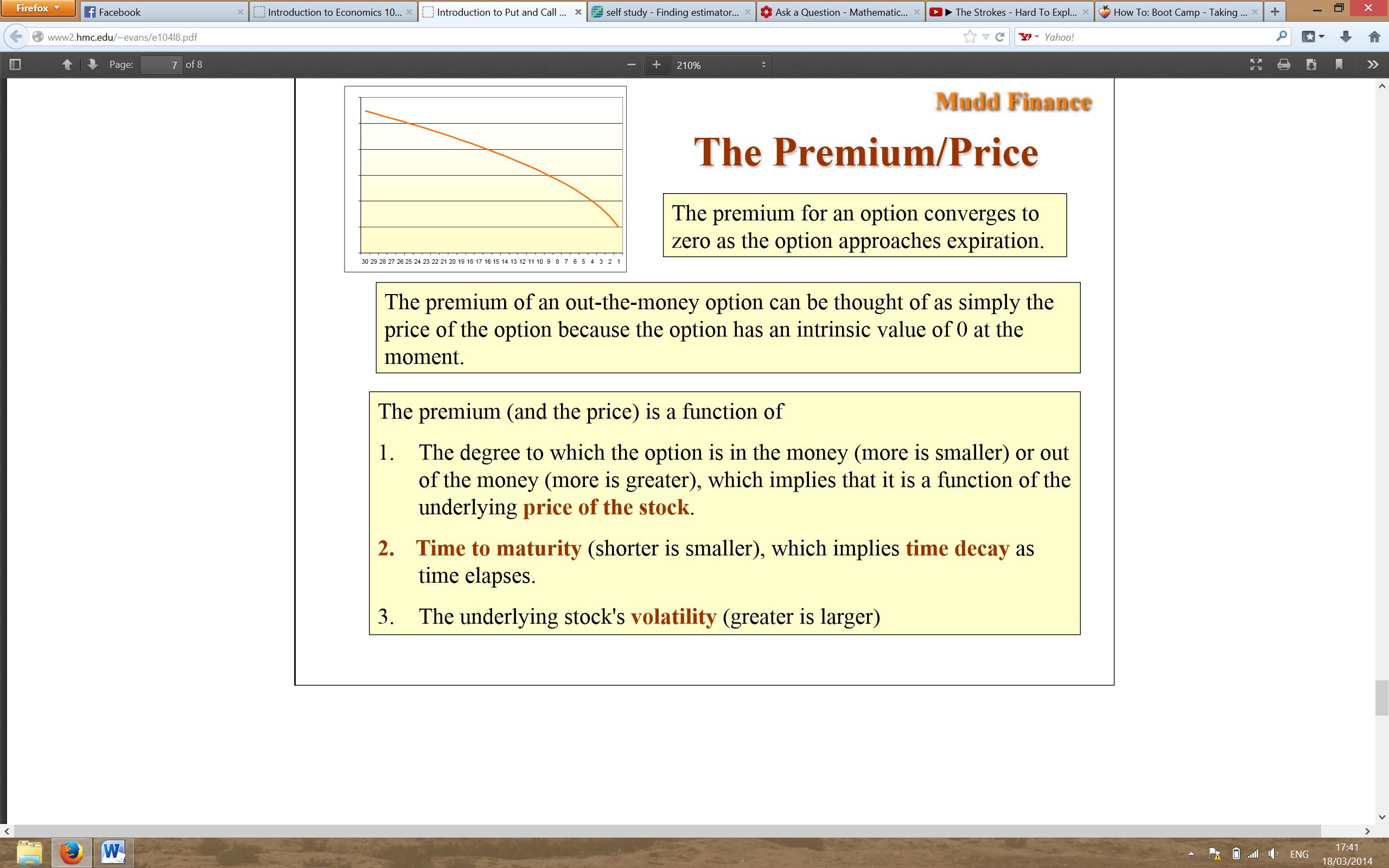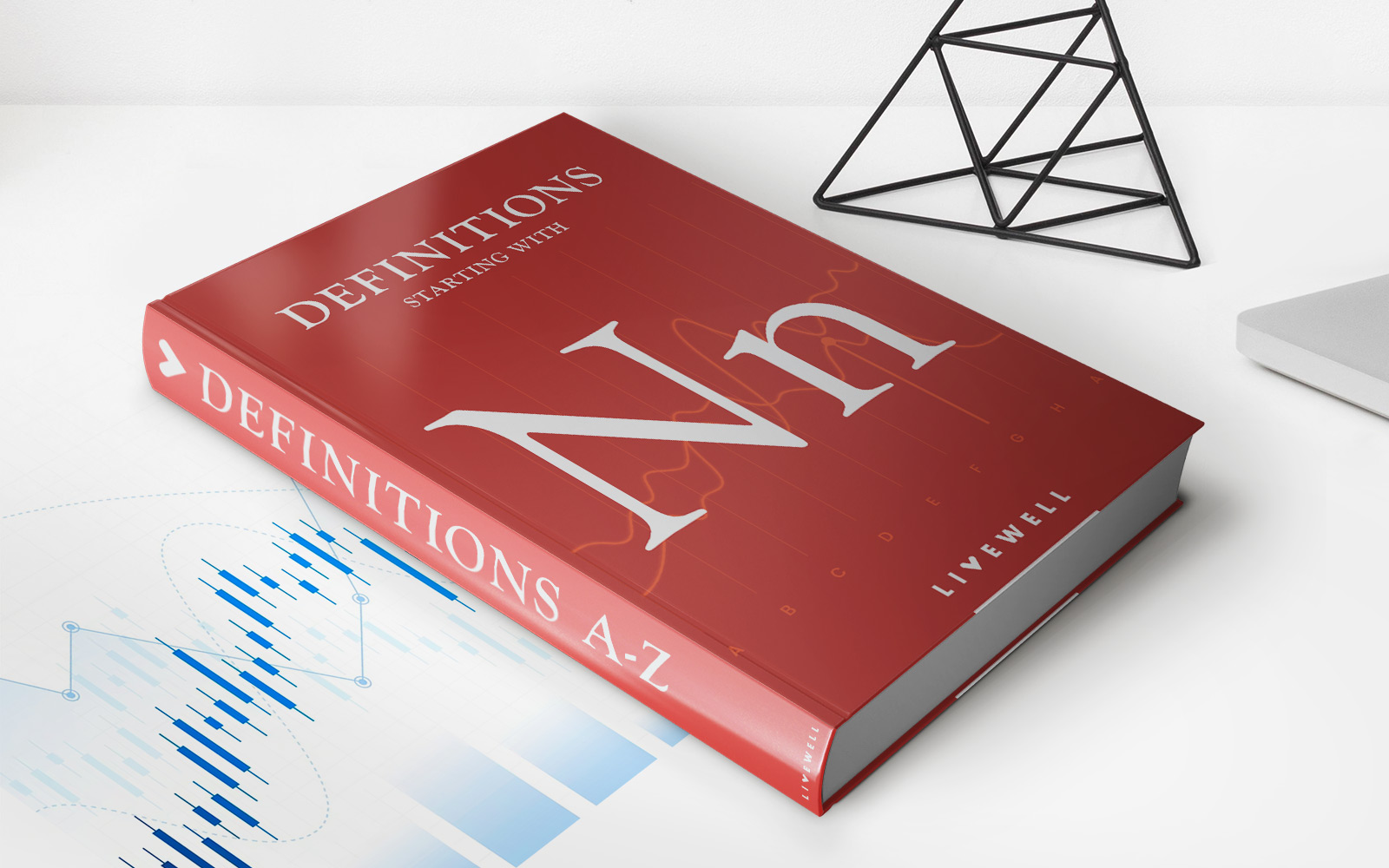Home>Finance>What Is An Annual Premium Equivalent (APE)? Calculation Defined


Finance
What Is An Annual Premium Equivalent (APE)? Calculation Defined
Published: October 7, 2023
Learn the definition and calculation of Annual Premium Equivalent (APE) in finance. Gain insights into this important metric used in the insurance industry.
(Many of the links in this article redirect to a specific reviewed product. Your purchase of these products through affiliate links helps to generate commission for LiveWell, at no extra cost. Learn more)
What Is an Annual Premium Equivalent (APE)? Calculation Defined
Are you familiar with the term “Annual Premium Equivalent” or APE? If not, you’re in the right place! In the world of finance, APE is a common metric used in the insurance industry to determine the annualized value of recurring premiums. It is especially relevant for insurance agents, as it helps them track and measure their performance. In this blog post, we will explain what APE is, how it is calculated, and why it is important for agents and insurance companies alike.
Key Takeaways:
- An Annual Premium Equivalent (APE) is a measure used in the insurance industry to determine the annualized value of recurring premiums.
- APE is calculated by multiplying the premium amount by the frequency of payment in a year.
Now, let’s delve deeper into APE and understand its significance in the insurance sector. When an individual purchases an insurance policy, they may have the option to pay the premium on a yearly, quarterly, or monthly basis. The APE calculation allows insurance companies to gain a standardized view of their revenue streams and a better understanding of the financial commitment of policyholders over a year.
How is APE calculated?
The formula used to calculate APE is quite simple. It requires multiplying the premium amount by the frequency of payment in a year. For example, if a policyholder pays a premium of $500 on a quarterly basis, the APE would be calculated as follows:
- Calculate the annual premium by multiplying the quarterly premium by 4:
- Annual Premium = $500 * 4 = $2000
- So, the APE for this policyholder would be $2000.
Insurance agents and companies track APE to measure their performance and growth. By monitoring APE, agents can determine the amount of new business they have generated and identify opportunities for improvement. It also enables them to compare their performance against industry benchmarks and set targets for themselves.
The importance of APE is not limited to individual agents. Insurance companies rely on this metric to assess the financial viability of their products, determine the success of marketing campaigns, and allocate resources effectively. By analyzing APE, companies can identify which policies are popular and generate higher revenue, enabling them to make informed decisions regarding product development and marketing strategies.
In conclusion, understanding what APE is and how it is calculated is crucial for insurance agents and companies. It helps them assess their performance, track revenue, and make informed decisions. By utilizing this metric, agents can strive to increase their APE and drive their careers forward. As for insurance companies, APE provides valuable insights that can shape their strategies and lead to sustainable growth. So, the next time you come across the term APE, you’ll know exactly what it means!














